With the new coronavirus variants still hitting headlines, masking up is more important than ever. But which masks are best? Sadly there isn’t a rigorous ranking or standard to rely on, but we know a few things about different options. So let’s take a tour, starting with the best ones.
N95 masks
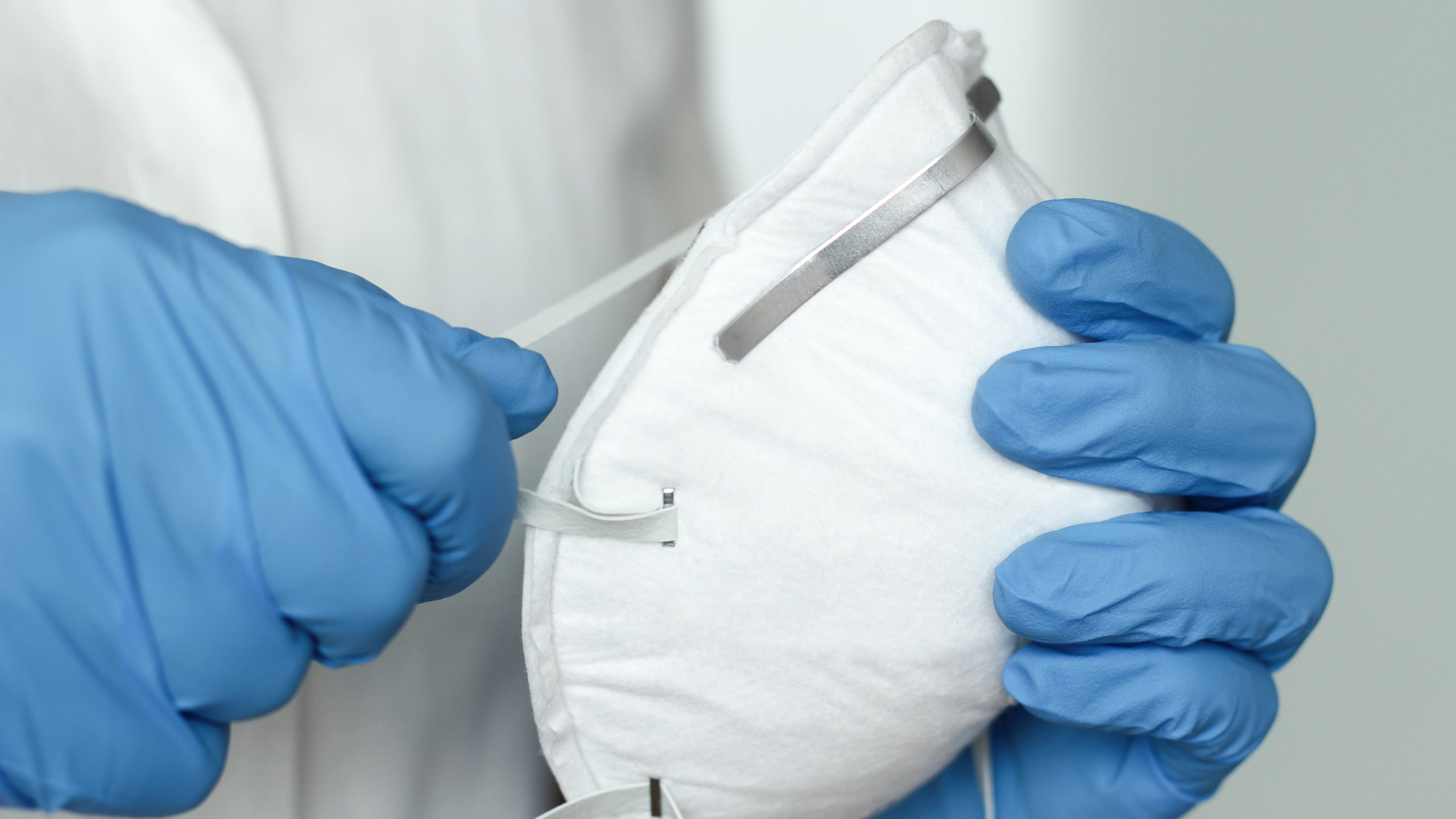
N95s are the gold standard for pandemic prevention, but they’re also not easy to find. If you do manage to snag some, check that they’re not counterfeit masks that have been relabelled or improperly sold.
[referenced id=”1035086″ url=”https://www.lifehacker.com.au/2020/10/how-to-spot-a-counterfeit-n95-mask/” thumb=”https://www.gizmodo.com.au/wp-content/uploads/sites/4/2020/10/31/m7fwjhein6hgk6lzbobq-300×169.jpg” title=”How to Spot a Counterfeit N95 Mask” excerpt=”N95 respirator masks are more effective at stopping coronavirus-containing droplets than disposable surgical or cloth masks. But since they’re in such high demand, there’s a booming market in counterfeit and mislabeled masks. Recently, authorities in Hong Kong seized 100,000 fake N95s that they say were intended for the overseas market.”]
N95 Equivalents
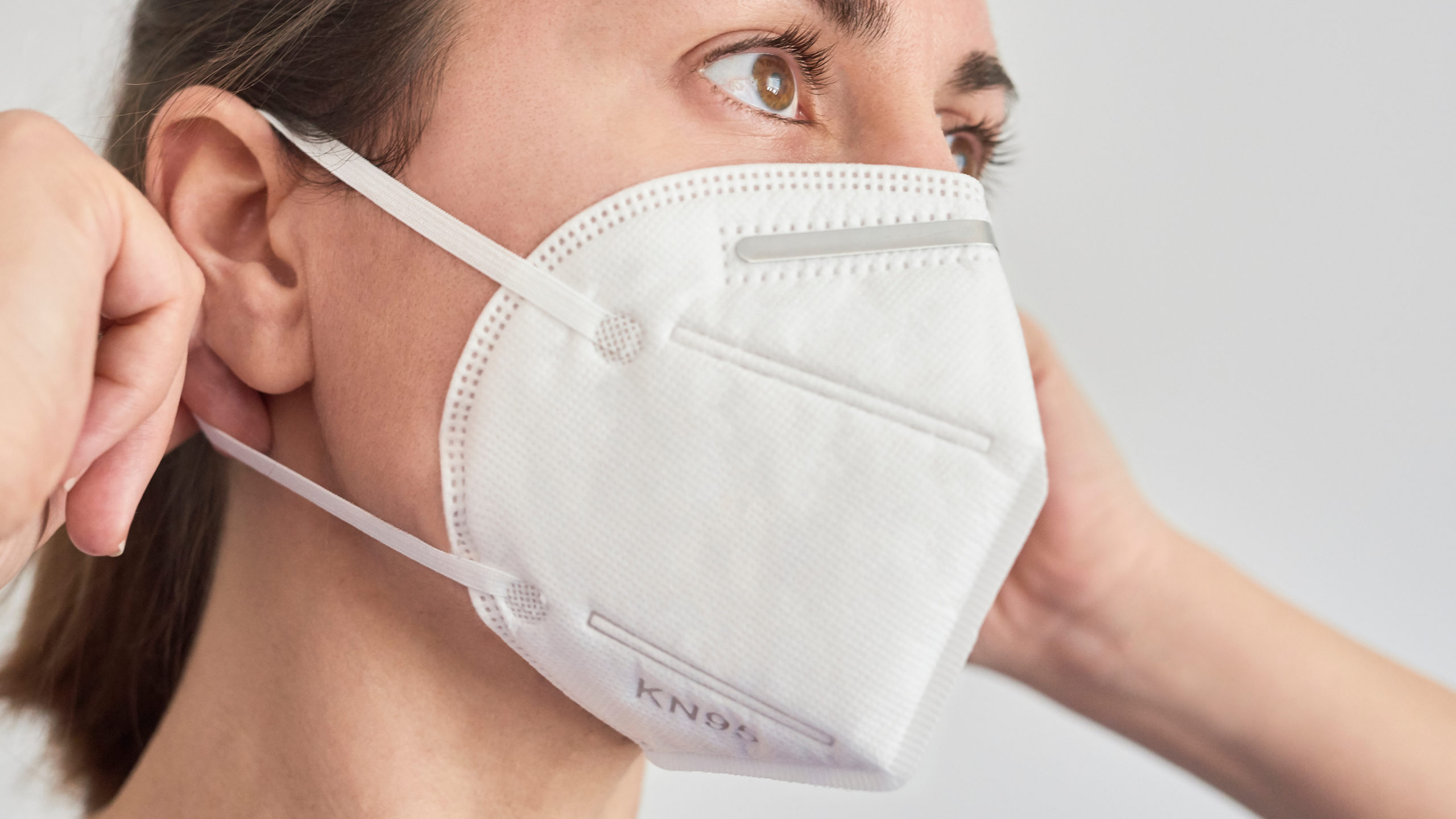
A lot of us still can’t get N95s — they remain in short supply, and are the type most needed by healthcare professionals. But other countries have their own standards that provide similar protection. Those would be KN95’s from China, KF94’s from South Korea, and FFP2’s from Europe. The catch: there are counterfeit models out there, so check the manufacturer and make sure you get what you’re paying for.
Also in this category are elastomeric masks, the rubbery ones you can buy at a hardware store that look sort of like a gas mask. Yes, they’re heavy and sweaty, but they give good protection and last a long time. These masks use replaceable filters, but you don’t have to change them as often as you would an N95.
Whichever you choose, make sure the mask fits well, with a good seal around all edges of the mask.
Double masking
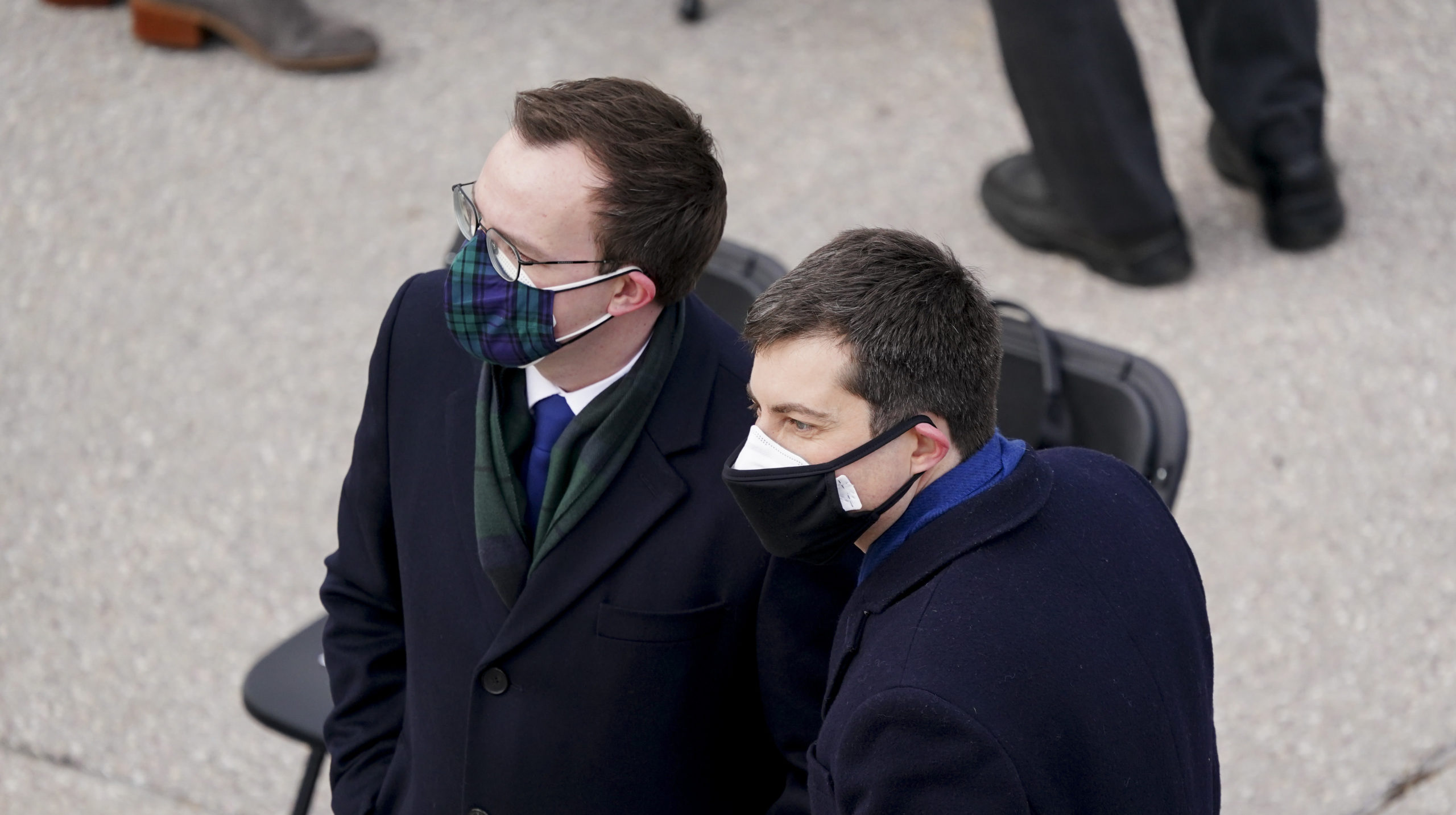
Doubling up on masks enhances their ability to filter the particles (including aerosol droplets) that you would otherwise breathe in. One popular and affordable combo goes like this:
- Put on a disposable (surgical-style) mask. Adjust the fit, making sure the metal piece at the top is fitted snugly around your nose.
- Top that with a cloth mask. Again, it must fit well.
When you’re doubling up, it’s especially important to make sure you aren’t creating jets of warm air at the sides of your nose or the back of your cheeks. If that happens, it means air is going around your mask, not through it.
[referenced id=”1044220″ url=”https://www.lifehacker.com.au/2021/01/are-two-masks-really-better-than-one/” thumb=”https://www.gizmodo.com.au/wp-content/uploads/sites/4/2021/01/26/lzhwonyphh3y2slf43kt-300×168.jpg” title=”Are Two Masks Really Better Than One?” excerpt=”Cloth masks, by themselves, were never the best option for everybody to wear during a pandemic; they were, instead, just the best way to get a lot of masks to a lot of people without too much of an effect on supplies for healthcare workers.”]
A properly constructed cloth mask
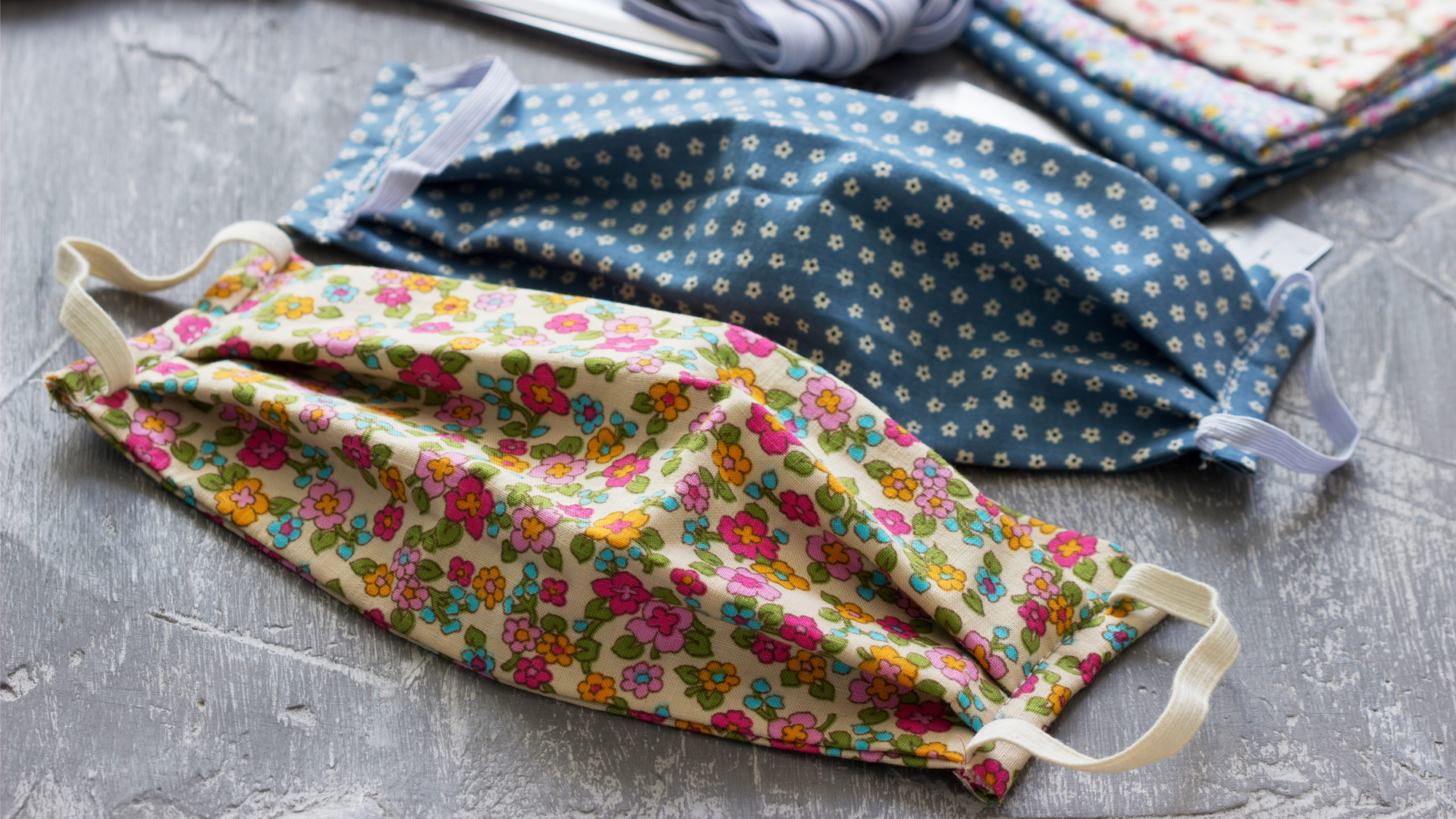
Reusable fabric masks have become pandemic wardrobe staples. If you can wear one over a disposable mask, great! If not, make sure you’re using a good mask that is properly constructed.
It should have multiple layers of fabric, and be tightly woven. A quick spot-check is to hold it up to the light. If you can see through it, it’s too flimsy to do much good. (It also won’t be acceptable for use while travelling.)
And beware masks with a built-in valve. Your breath comes straight out of those valves, spewing your germs all over whoever is around. Check to see if the valve can be clicked closed — some can — and if not, tape over it.
[referenced id=”1036168″ url=”https://www.lifehacker.com.au/2020/11/if-your-mask-has-a-valve-its-half-useless-2/” thumb=”https://www.gizmodo.com.au/wp-content/uploads/sites/4/2020/11/12/pbv176g0bly1jjexeoq0-300×169.jpg” title=”If Your Mask Has a Valve, It’s Half Useless” excerpt=”If you’re wearing a face mask with a little plastic valve embedded in it, you should know that valves compromise the effectiveness of the mask — and this is true whether your mask is a hardware-store N95 or a designer cloth mask.”]
Bandanas and scarves
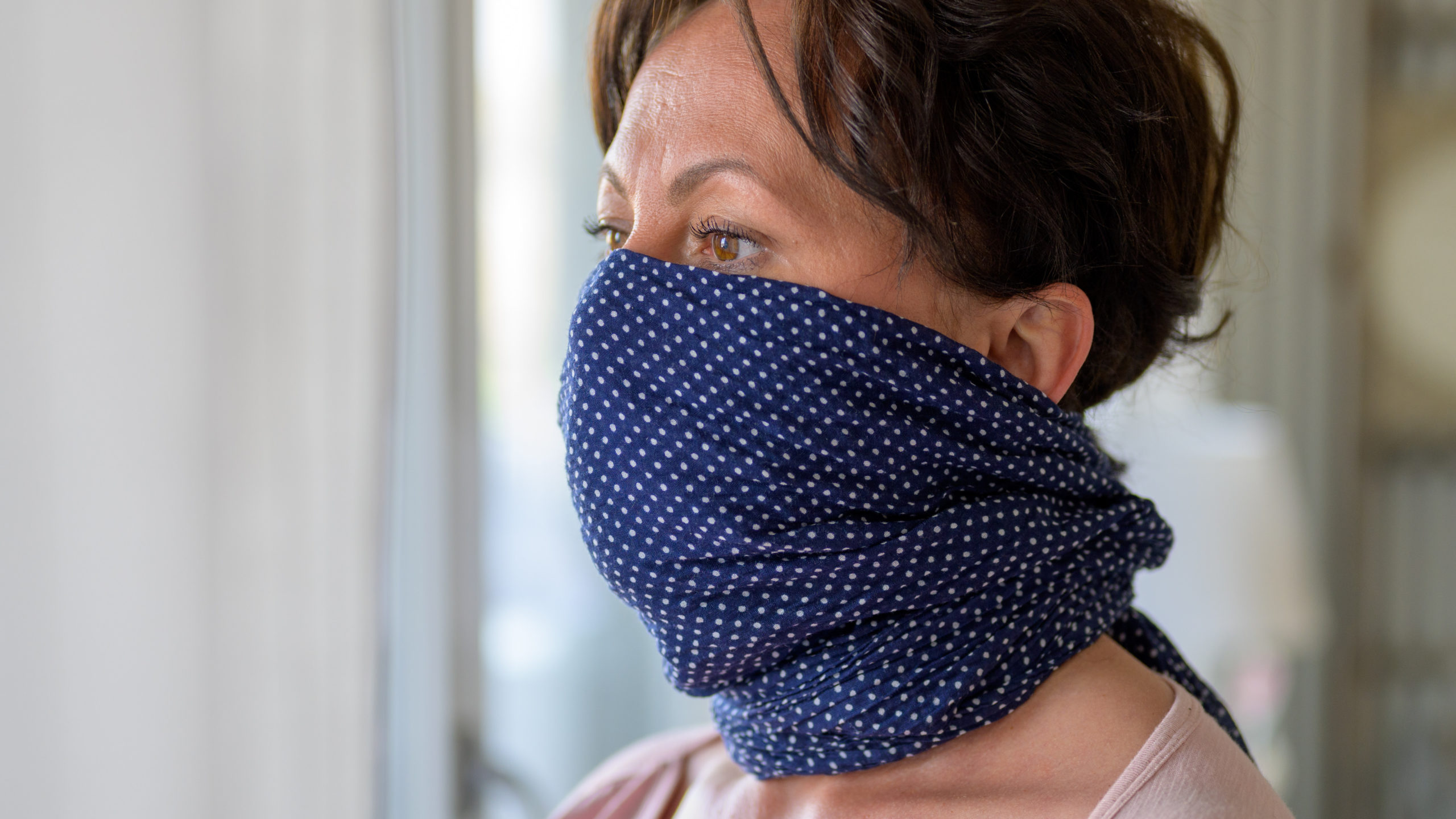
Now we come to the bottom of the barrel, the things that are technically “face coverings” but that don’t fit as snugly or provide as many layers of protection as a proper cloth mask. We don’t recommend these in place of more effective masks.
There was a study early in the pandemic that insinuated neck gaiters may be worse than no mask at all, but the evidence for that statement was never very strong. We do know, though, that those gaiters have several features that mean they don’t fit the definition of a good mask. Their fabric is thin, they tend to leak around the sides of the nose, and the threads that make up the fabric form fairly large holes. If you do wear a buff in place of a mask, at the very least double or triple the layers.
[referenced id=”937623″ url=”https://www.lifehacker.com.au/2020/08/no-neck-gaiters-werent-proven-to-be-worse-than-no-face-mask/” thumb=”https://www.gizmodo.com.au/wp-content/uploads/sites/4/2020/08/12/gxh1vvq4ccrdz52dbsu4-300×169.jpg” title=”No, Neck Gaiters Weren’t Proven to be Worse Than No Face Mask” excerpt=”There’s a new study claiming that neck gaiters like Buffs are worse than not wearing a mask at all. I’m not convinced that this study should be taken at face value, but it’s also reasonable to be suspicious of Buffs, bandanas, and other face coverings that aren’t designed to do…”]
Likewise, bandanas and scarves are not snug-fitting enough to do the job, and they’re usually too thin as well. These coverings could go well over another mask, bringing us back to the double-masking category from a few slides back. Adding protection isn’t a bad idea. But don’t count on these on their own.
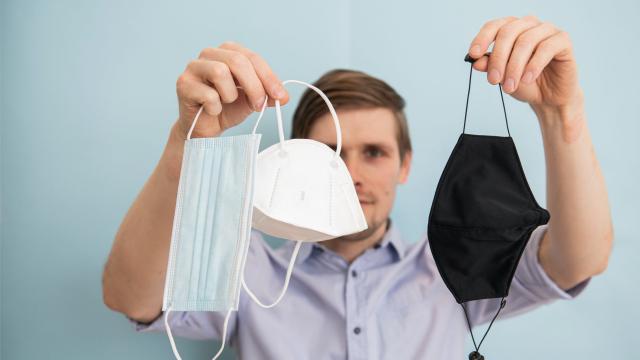
Leave a Reply
You must be logged in to post a comment.